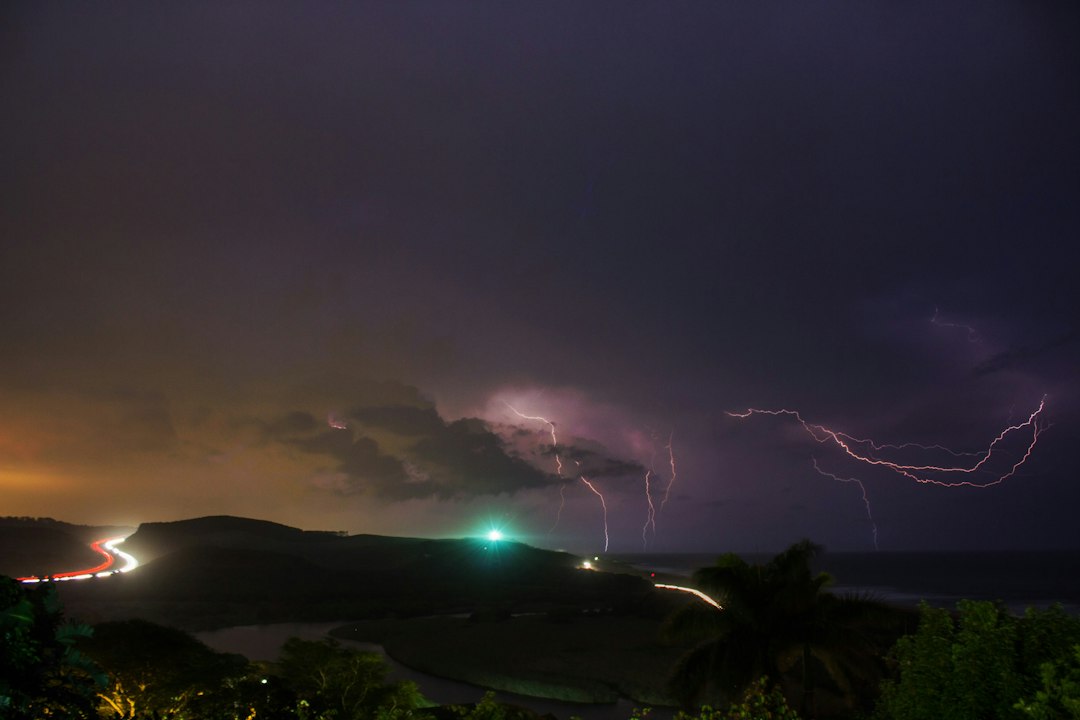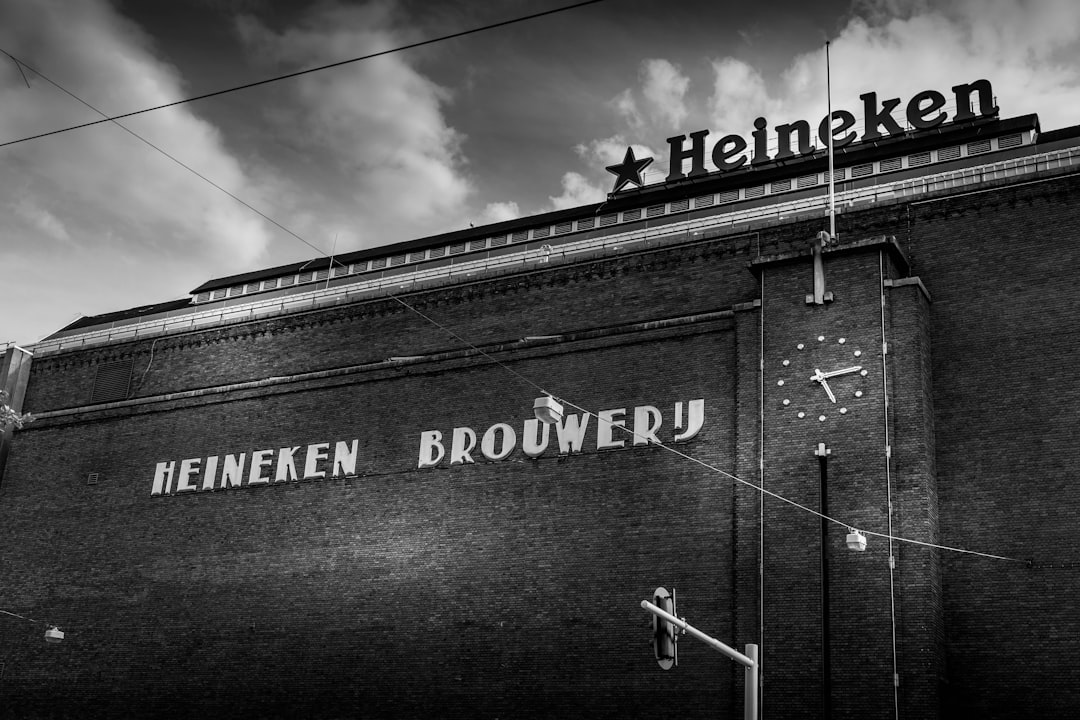The Mandela Effect is a phenomenon that refers to the collective false memories that a large group of people share. These false memories often involve popular culture references, historical events, or even personal experiences. The term “Mandela Effect” was coined by paranormal researcher Fiona Broome in 2010, after she discovered that many people believed Nelson Mandela had died in prison in the 1980s, when in fact he was released in 1990 and went on to become the President of South Africa.
The Mandela Effect gained widespread attention and popularity after Broome created a website dedicated to documenting and discussing these shared false memories. The term itself became a catch-all phrase for any instance where a large group of people remember something differently from how it actually occurred. The Mandela Effect has since become a popular topic of discussion on the internet, with countless forums, videos, and articles dedicated to exploring and analyzing these collective false memories.
Key Takeaways
- The Mandela Effect refers to the phenomenon of collective false memories.
- Our brains store and retrieve information in complex ways, leading to potential errors in memory.
- Famous examples of the Mandela Effect include the spelling of “Berenstain Bears” and the existence of a movie called “Shazaam.”
- Theories behind the Mandela Effect range from parallel universes to social reinforcement.
- Social media and the internet have played a significant role in spreading and reinforcing the Mandela Effect.
The Power of Memory: Understanding How Our Brains Store and Retrieve Information
Memory is a complex cognitive process that allows us to encode, store, and retrieve information. Memories are formed through a process called encoding, where information from our senses is transformed into a format that can be stored in our brains. This information is then stored in different types of memory systems.
There are several different types of memory, including sensory memory, short-term memory, and long-term memory. Sensory memory is the initial stage of memory where information from our senses is briefly held before being either discarded or transferred to short-term memory. Short-term memory is where information is temporarily stored for immediate use, such as remembering a phone number long enough to dial it. Long-term memory is where information is stored for an extended period of time, potentially for a lifetime.
However, despite the power of our memory systems, they are not infallible. Our memories are subject to various limitations and biases. For example, memories can be influenced by our emotions, expectations, and prior knowledge. Additionally, memories can be distorted or altered over time, leading to the creation of false memories. These limitations and biases in memory can help explain the occurrence of the Mandela Effect.
The Mandela Effect in Popular Culture: Famous Examples of Collective False Memories
The Mandela Effect has become particularly prevalent in popular culture, with numerous examples of collective false memories that have captured the public’s attention. One famous example is the debate over the spelling of the children’s book series, The Berenstain Bears. Many people remember the books being spelled as “Berenstein Bears,” with an “e” instead of an “a.” However, all evidence shows that the correct spelling is indeed “Berenstain Bears.” This discrepancy has led to much speculation and discussion about why so many people remember it differently.
Another well-known example of the Mandela Effect is the misquote from the movie Star Wars: Episode V – The Empire Strikes Back. Many people remember the line “Luke, I am your father” being spoken by Darth Vader to Luke Skywalker. However, in reality, the line is actually “No, I am your father.” This misquote has become ingrained in popular culture and is often referenced and parodied.
These examples highlight how collective false memories can occur even for widely known and easily verifiable facts. The Mandela Effect challenges our assumptions about the reliability of our memories and raises questions about how and why these false memories are formed.
Exploring the Science Behind the Mandela Effect: Theories and Explanations
| Topic | Description |
|---|---|
| Mandela Effect | A phenomenon where a large group of people remember an event or fact differently than it actually occurred. |
| Theories | Alternate realities, time travel, parallel universes, collective consciousness, false memories, and cognitive dissonance are some of the theories proposed to explain the Mandela Effect. |
| Examples | Examples of the Mandela Effect include the spelling of the Berenstain Bears, the location of New Zealand on a map, and the existence of a movie called Shazaam starring Sinbad. |
| Explanations | Scientists and psychologists suggest that the Mandela Effect is a result of the fallibility of human memory and the power of suggestion. |
| Implications | The Mandela Effect raises questions about the nature of reality, the reliability of memory, and the influence of media and culture on our perceptions. |
The Mandela Effect has sparked much interest among scientists and researchers who seek to understand why collective false memories occur. One theory that may explain these phenomena is confabulation. Confabulation refers to the creation of false memories or the distortion of existing memories without the intention to deceive. It is believed that confabulation occurs when there is a breakdown in the normal processes of memory retrieval, leading to the retrieval of incorrect or distorted information.
Another factor that may contribute to the Mandela Effect is the impact of suggestion and social influence. When individuals are exposed to information that contradicts their own memories, they may be more likely to adopt the new information as their own memory. This can occur through various means, such as conversations with others, media exposure, or even online discussions. The power of suggestion and social influence can be particularly strong when individuals are uncertain about their own memories or lack confidence in their ability to accurately recall information.
Cognitive dissonance may also play a role in the Mandela Effect. Cognitive dissonance refers to the discomfort or tension that arises when individuals hold conflicting beliefs or attitudes. When faced with conflicting information or memories, individuals may experience cognitive dissonance and attempt to resolve it by altering their memories or beliefs to align with the new information. This process can lead to the creation of false memories or the distortion of existing memories.
The Role of Social Media and the Internet in Spreading the Mandela Effect
The rise of social media and the internet has played a significant role in the spread and popularity of the Mandela Effect phenomenon. The internet provides a platform for individuals to share their experiences and discuss their memories with others who may have similar experiences. This has created a sense of community among those who believe in the Mandela Effect and has allowed for the exchange of ideas and theories about its causes and implications.
Social media platforms, such as Facebook, Twitter, and YouTube, have also contributed to the spread of false memories associated with the Mandela Effect. These platforms allow for the rapid dissemination of information and ideas, reaching a wide audience in a short amount of time. This can lead to the amplification and reinforcement of false memories as individuals encounter others who share similar experiences and beliefs.
The internet and social media have also made it easier for individuals to find and access information that supports their own beliefs and memories. This can create an echo chamber effect, where individuals are exposed primarily to information that confirms their existing beliefs and memories, while dismissing or ignoring contradictory evidence. This selective exposure to information can further reinforce false memories and contribute to the persistence of the Mandela Effect.
The Mandela Effect and Conspiracy Theories: Why Do Some People Believe in Alternate Realities?

The Mandela Effect has often been associated with conspiracy theories and beliefs in alternate realities or parallel universes. This connection may be due to the fact that the Mandela Effect challenges our understanding of reality and raises questions about the nature of memory and perception. For some individuals, the existence of collective false memories suggests that there may be alternate realities or timelines where events unfolded differently.
Belief in alternate realities or parallel universes can be driven by a variety of psychological factors. One such factor is the need for certainty and control. Believing in alternate realities can provide individuals with a sense of control over their own lives and experiences, as it suggests that there are multiple versions of reality where different outcomes are possible.
Additionally, belief in alternate realities may be driven by a desire for meaning and significance. The idea that there are multiple versions of reality can give individuals a sense of purpose and importance, as they believe they are part of a larger cosmic narrative. This belief can provide comfort and reassurance in the face of uncertainty or existential questions.
The Mandela Effect and the Butterfly Effect: Could Small Changes in the Past Have Big Consequences?
The concept of the butterfly effect suggests that small changes in one part of a system can have large effects on another part of the system. This idea is often used to explain how seemingly insignificant actions or events can lead to significant changes in the future. The Mandela Effect has been compared to the butterfly effect, as it suggests that small changes in our collective memories could have significant implications for our understanding of reality.
If the Mandela Effect is indeed caused by small changes in the past, it raises questions about the nature of time and causality. It challenges our assumptions about the linearity of time and suggests that events in the past can be altered or changed in some way. This idea has captured the imagination of many individuals who are fascinated by the possibility of time travel or alternate timelines.
However, it is important to note that the Mandela Effect is not evidence of time travel or alternate realities. While it may be intriguing to consider the implications of small changes in our collective memories, it is essential to approach these ideas with skepticism and critical thinking.
The Mandela Effect and the Multiverse Theory: Is it Possible that We are Living in Parallel Realities?
The multiverse theory is a concept from theoretical physics that suggests the existence of multiple universes or realities that coexist alongside our own. According to this theory, each universe or reality may have its own set of physical laws, constants, and outcomes. The Mandela Effect has been linked to the multiverse theory, as it suggests that our collective false memories may be a result of experiencing different versions of reality.
While the multiverse theory is an intriguing concept, it is important to note that it is still a theoretical framework and has not been proven or confirmed by empirical evidence. The Mandela Effect does not provide direct evidence for the existence of parallel realities or universes. Instead, it highlights the fallibility of human memory and perception and raises questions about how we construct our understanding of reality.
Debunking the Mandela Effect: How to Separate Fact from Fiction
While the Mandela Effect has captured the public’s imagination and sparked much speculation and discussion, it is important to approach these claims with skepticism and critical thinking. The human memory is fallible and subject to various biases and limitations, which can lead to the creation of false memories. When evaluating claims about the Mandela Effect, it is essential to consider the available evidence and seek out multiple sources of information.
Fact-checking is a crucial tool in debunking the Mandela Effect. By examining reliable sources of information, such as historical records, official documents, or primary sources, it is possible to verify or refute claims about collective false memories. Additionally, seeking out expert opinions and consulting with professionals in relevant fields can provide valuable insights and perspectives.
Critical thinking skills are also essential in evaluating claims about the Mandela Effect. This involves questioning assumptions, considering alternative explanations, and weighing the available evidence. It is important to be aware of our own cognitive biases and to approach these claims with an open mind while maintaining a healthy skepticism.
What Can the Mandela Effect Teach Us About the Power of Perception and Memory?
The Mandela Effect serves as a reminder of the fallibility of human perception and memory. It challenges our assumptions about the reliability of our own memories and highlights the impact of social influence and suggestion on our perceptions of reality. The phenomenon also raises questions about the nature of time, causality, and the existence of alternate realities.
By studying and understanding the Mandela Effect, we can gain insights into the power of perception and memory and become more aware of our own cognitive biases. It emphasizes the importance of critical thinking and skepticism in evaluating claims about reality. Ultimately, the Mandela Effect teaches us to approach our memories and perceptions with humility and to be open to new information and perspectives.
FAQs
What is the Mandela Effect?
The Mandela Effect is a phenomenon where a large group of people remember an event or fact differently than how it actually occurred.
Why is it called the Mandela Effect?
The Mandela Effect is named after Nelson Mandela, as many people remember him dying in prison in the 1980s, when in reality he was released in 1990 and died in 2013.
What are some examples of the Mandela Effect?
Examples of the Mandela Effect include people remembering the Berenstain Bears as the Berenstein Bears, the Monopoly man having a monocle when he actually doesn’t, and the famous line from Star Wars being remembered as “Luke, I am your father” when it is actually “No, I am your father.”
What causes the Mandela Effect?
The cause of the Mandela Effect is not fully understood, but it is believed to be a combination of factors such as false memories, social reinforcement, and the power of suggestion.
Is the Mandela Effect a real phenomenon?
Yes, the Mandela Effect is a real phenomenon that has been studied by psychologists and has gained widespread attention on the internet. However, some skeptics argue that it is simply a result of faulty memory.







